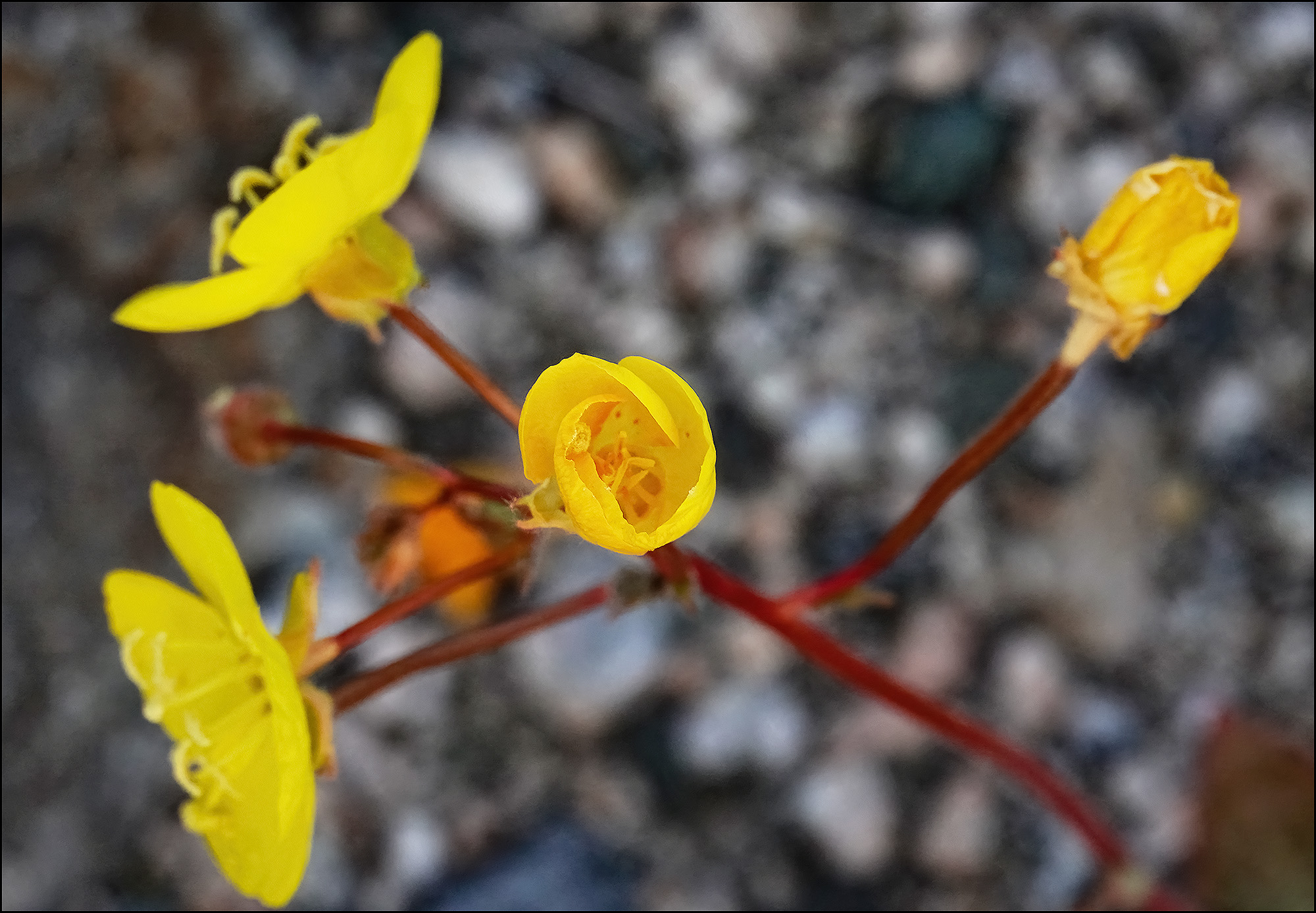It's not wildflower season yet, but all the rain around here has expedited things a little bit. Patches of California poppies are starting to show up on the hillsides and the desert is beginning to bloom.
This flower is a yellow . . . poppy? Something else? I'm not sure. But great gobs of them were starting to bloom in the desert this weekend, promising a spectacular wildflower season when it starts in earnest.


This morning when I opened the front door I had to give it a shove to break the ice off.
All the cars, the sidewalk, the trees, the houses are cased in ice like someone poured glass all over them.
If only the sun would come out it would be magnificent, but I'm not leaving the house.
Start making more money weekly. This is valuable part time work for everyone. The best part ,work from the comfort of your house and get paid from $10k-$20k each week . Start today and have your first cash at the end of this week. Visit this article
for more details.. https://createmaxwealth.blogspot.com
Rain rain, cold rain....
https://youtu.be/XdM_xhHgv5U
The partly-opened one in the center makes it look a lot like potentilla to me. But what do I know? I'm in the Northeast, not Socal (and don't recognize a lot of the plants here either . . . )
Do you have photos that show the flowers head-on? The site iNaturalist is pretty good at identifying plants, animals, fungi, etc., with a good photo. This is also AI technology and it's pretty good (see comments below). I tried on this one and it came up with something that was obviously wrong (Argemone mexicana) but a different photo might yield better results. I'm guessing it's not a poppy but I don't know what it is (I'm in the Midwest and have very limited experience in the Mojave Desert).
I'm sure most AI algorithms for photos are generated this way but the "training" involves turning over a bunch of photos of the subject in question, turning the AI loose, and letting it figure out how to identify the characteristics needed to distinguish one species from another. These things are not programmed to "look" for the characteristics humans use. It figures it out on its own.
I've seen it work very well on animals, less well on plants (which often have more subtle, even microscopic features, to distinguish them). I know it works well in most cases because I've tried it on things I already know and verified things I wasn't completely sure about.
For sure, it sometimes misidentifies things, sometimes with wildly inaccurate guesses, but that's a problem with human biologists, too.
I bet it's in the Onagraceae (Evening Primrose) family, something like this, I bet:
http://southwestdesertflora.com/WebsiteFolders/All_Species/Onagraceae/Chylismia%20brevipes,%20Yellow%20Cups.html
Chylismia brevipes- Yellow Cup
Not to be a Debbie Downer but there is this…
https://timesofsandiego.com/life/2017/03/12/crowds-flock-to-borrego-springs-wildflowers-causing-traffic-jams/
Snow here brrrrr…
Officials are asking people to enjoy the webcams from home--and please do not visit the desert.
See "Poppy Valley":
https://www.parks.ca.gov/live